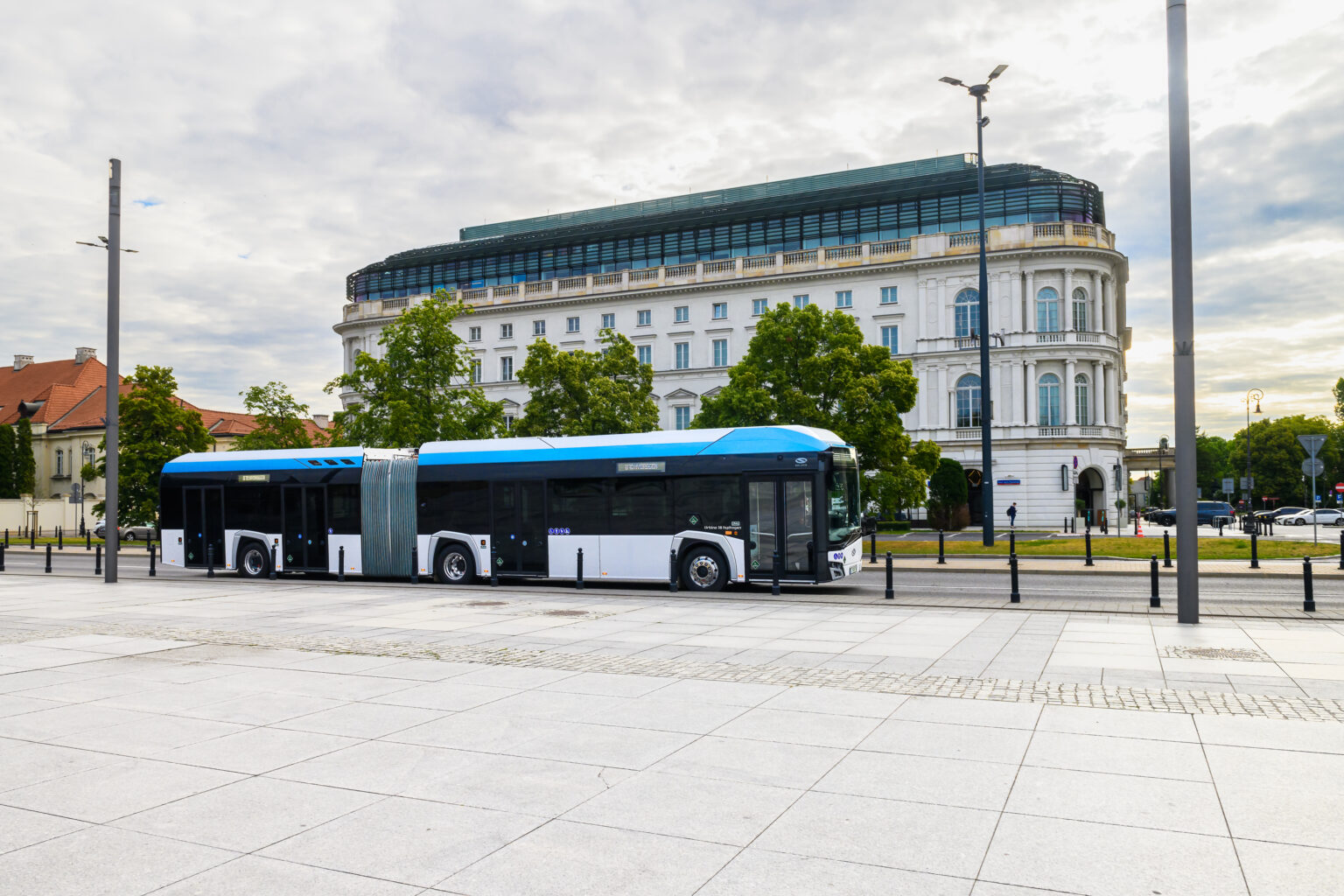Solaris has recently secured an order for eight articulated hydrogen buses from the French city of Belfort.
The Urbino 18 hydrogen buses, slated for delivery in 2025, are equipped with what Solaris describes as a “state-of-the-art” hydrogen system. This system includes a 100 kW hydrogen fuel cell, 50 kg composite hydrogen tanks, and a 240 kW electric motor. These specifications align with current industry standards but do not necessarily set a new benchmark. The use of modular drive systems and high-power batteries are commendable, yet they are becoming increasingly common in modern hydrogen bus designs. This raises the question: Is Solaris leading innovation, or simply keeping pace with the market?
Solaris touts the compliance of these buses with GSR2 standards, which include driver assistance systems like blind spot alerts. However, adherence to such regulations is a baseline requirement, not a distinguishing feature. The emphasis on this compliance in the company’s communication could be seen as an attempt to highlight mandatory features as innovative, which dilutes the impact of truly pioneering advancements.
This order is part of a broader trend, with Solaris having already delivered hydrogen buses to other French regions, such as Artois and Île-de-France. Solaris claims nearly 50% of the market share in hydrogen buses for 2023, positioning itself as a leader in the field. However, market share alone does not equate to technological superiority or leadership in innovation. It is crucial to assess whether Solaris’ offerings genuinely push the boundaries of hydrogen technology or if they are merely a competitive option among many.
